Social Media Monitoring and Measurement
Social Media creates a mountain of data and mountains of possibilities, but without the proper strategy and technology in place to capture and react to this data a lot of opportunities can go to waste. It’s also important to understand and identify the difference between monitoring and measurement. Both of these functions are important, but they produce very different outputs and require vastly different investments.
Monitoring
Externally facing, Social Media Monitoring is the process of watching and monitoring a set of social networks for any activity that mentions your brand, product, service or any other words you may want to be alerted to. Monitoring involves watching activity for which you are NOT in control of, in places that you may not otherwise be aware of. It can produce amazing insights as well as opportunities for digital expansions that you would not normally be privy to. Regularly review and continuously executed social media monitoring can provide information that helps guide strategic business decisions – for example choices regarding where to invest your sales resources based on competitive geographic insights.
Measurement
Inward facing, looking only at the social assets that you own and have control over. Measurement is the process of watching and reporting on the success of all of your engagement across all mediums. It involves retrospectively capturing the metrics on posts and aggregating the data to form a statistical view over a period of time.
1. Monitoring
Monitoring technology allows you to access, refine, engage and report on any of the millions of pieces of content posted daily on the internet. Monitoring insights include:
- Brand name monitoring: a record of what’s being said about your brand on social media, blogs, online news, forums and other sources.
- Competitor activity: competitor brand name monitoring, campaigns, key personalities, sentiment, organisational chatter, new product campaigns and campaign effectiveness
- Industry trends: key areas of interest
- Reputation management: bad press, reporting, spam and slander identifying source, spread and reaction to an incident
- Customer insight
- Lead generation: brand name mentions that exhibit buying signals
2. Measurement and Reporting
Measurement allows you to keep track of the success of your social media marketing efforts. Knowing exactly what each post you publish is achieving, where your flaws are and where your opportunities for success are can give you great reach and improve the ROI of your campaigns dramatically.
Over time, a raft of social media metrics have been released and published making it nearly impossible to know exactly where you should be looking, what you should be tracking and what success actually looks like. If you measured everything you’d essentially spend all your time measuring!
Of the available metrics, there’s a few key ones for each platform that you should pay attention to. These include:
- Like growth/decline: Number and percentage of new likes gained and lost each month.
- Page impressions: The total number of times any Facebook user could have potentially seen any content associated with your page in their news feed or by visiting your page directly.
- Reach: The number of unique people who saw any content about a post, classified into average reach per post and total reach for the time period
- Engagements: The number of likes, comments, shares, wall posts or mentions that have occurred on your page.
- Follower growth: Number and percentage of new followers gained and lost each month.
- Engagements: Total number of times users interacted with this media. This is a sum of Likes and Comments.
- Most used hashtags: Lists the 10 hashtags you used the most on your media during the report period.
- Most engaged hashtags: Lists the 10 hashtags that drew the most engagements (Likes and Comments) during the report period.
- Follower growth: Number and percentage of new followers gained and lost each month.
- Impressions: How many times your updates were seen, both organically and through paid campaigns on a daily basis.
- Engagement: How many times members clicked, liked, commented on and shared your content in both organic and paid campaigns.
- Follower demographics: A breakdown of who’s following your company using 5 types of demographic data – seniority, industry, company size, function and employee status.
- Follower growth: The total (gross) number of new Twitter followers.
- Mentions: The number of times another Twitter user has mentioned you in a tweet.
- Clicks: Number of times users clicked on URLs in your Tweets. This data comes from Twitter.
- Retweets: The number of times you were retweeted, ie. another Twitter user shared your content.
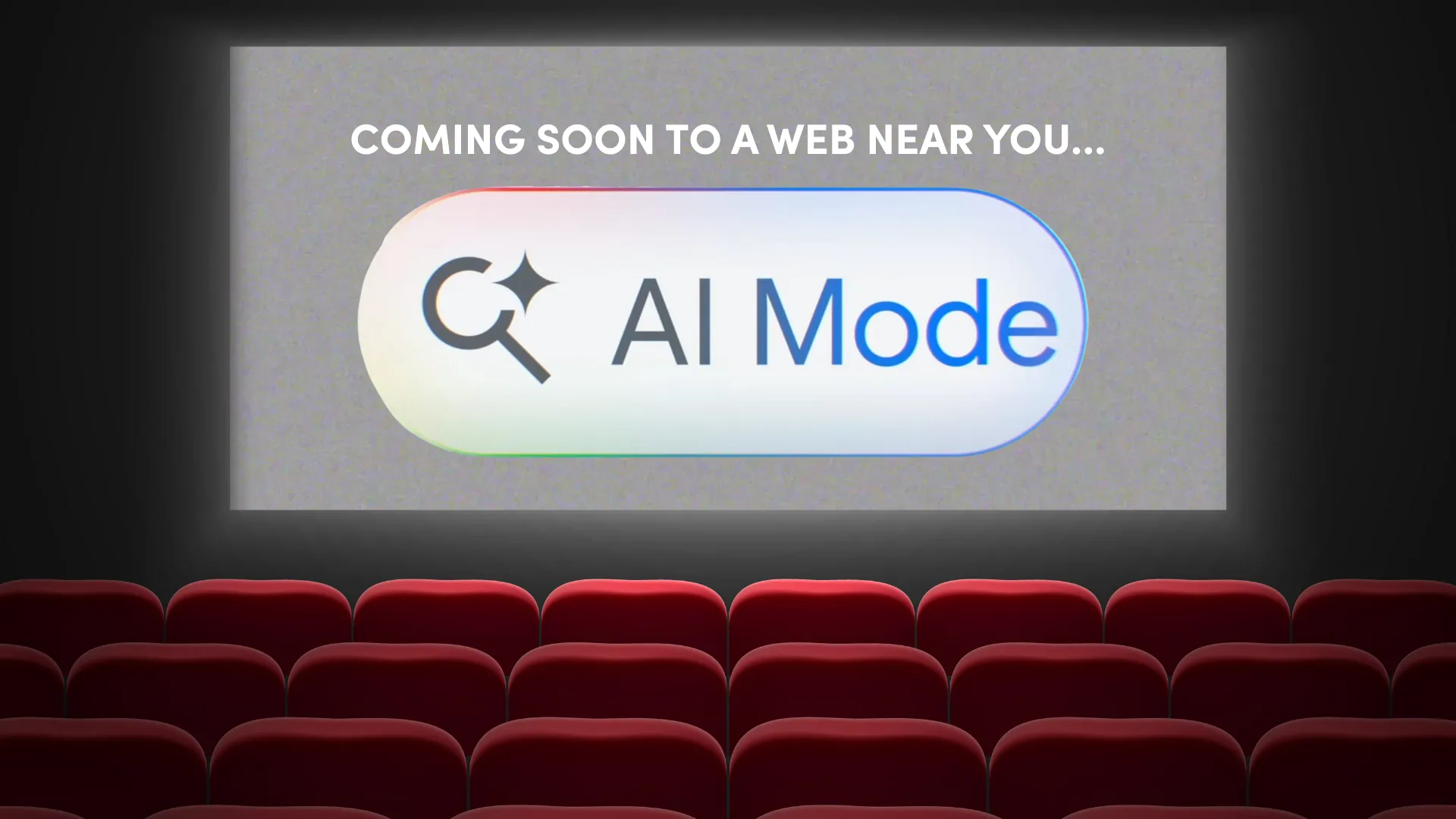
Google has started rolling out its brand-new AI Mode in countries like the United States, India, Canada and even New Zealand - but not yet in Australia. [...]

For years, Search Engine Optimisation (SEO) was the golden rule of digital marketing. Optimise keywords. Earn backlinks. Climb the rankings. But the way people find answers is [...]
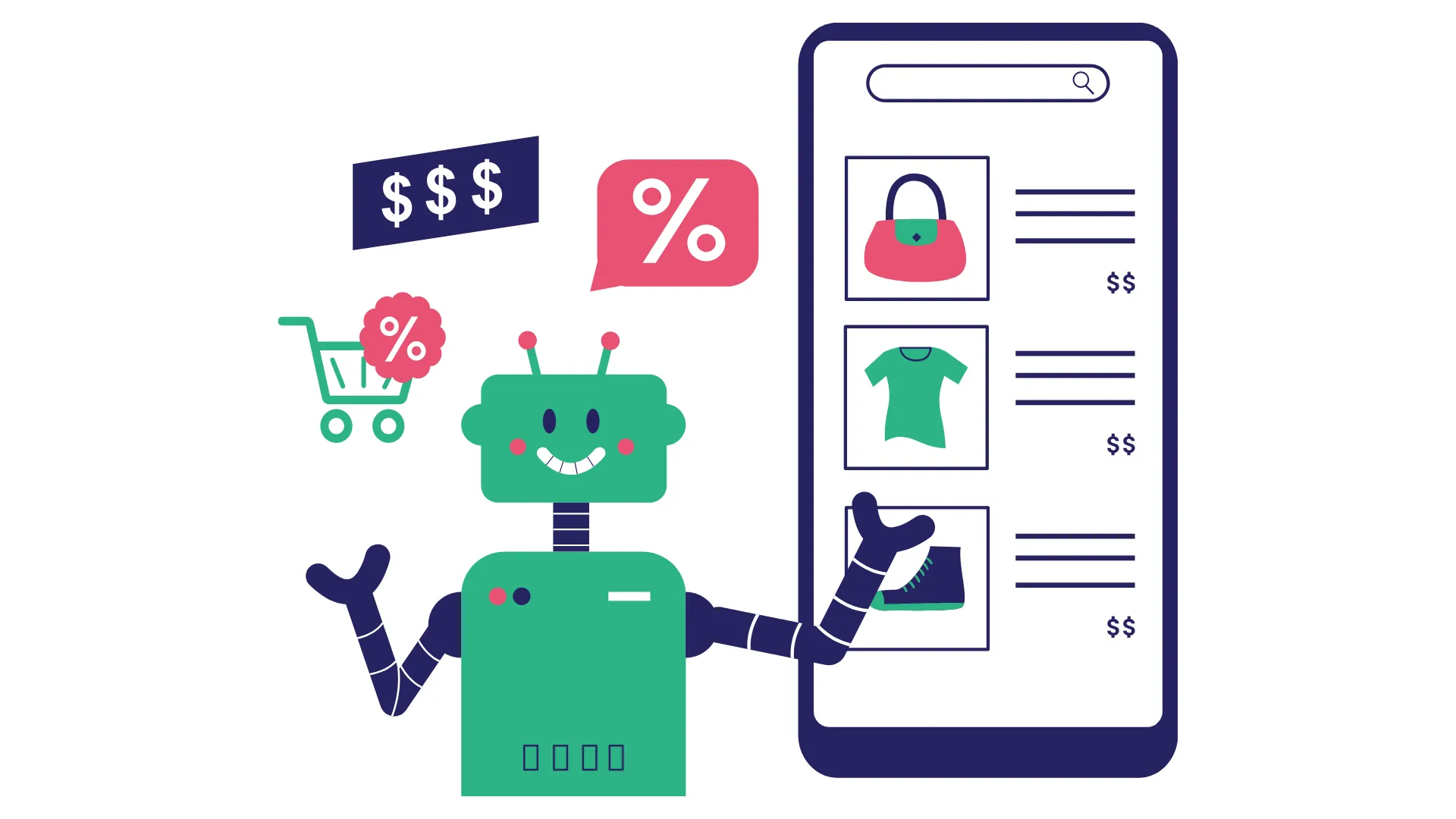
A billion searches were made on ChatGPT last week alone. Now, OpenAI is turning those queries into a powerful new retail experience. ChatGPT recently launched its AI [...]

Google’s AI Overviews are reshaping search by pulling answers from the places people are actually talking: Reddit, YouTube, Quora and other community-driven platforms. According to new data [...]

Google has started rolling out its brand-new AI Mode in countries like the United States, India, Canada and even New Zealand - but not yet in Australia. [...]

For years, Search Engine Optimisation (SEO) was the golden rule of digital marketing. Optimise keywords. Earn backlinks. Climb the rankings. But the way people find answers is [...]

When you see a paid ad, nine times out of ten, you're probably not clicking on it. Instead, you'll likely hop over to Google, search the brand [...]

In digital advertising, audience targeting has always been both an art and a science. But what if the science just got smarter - a lot smarter? We’ve [...]
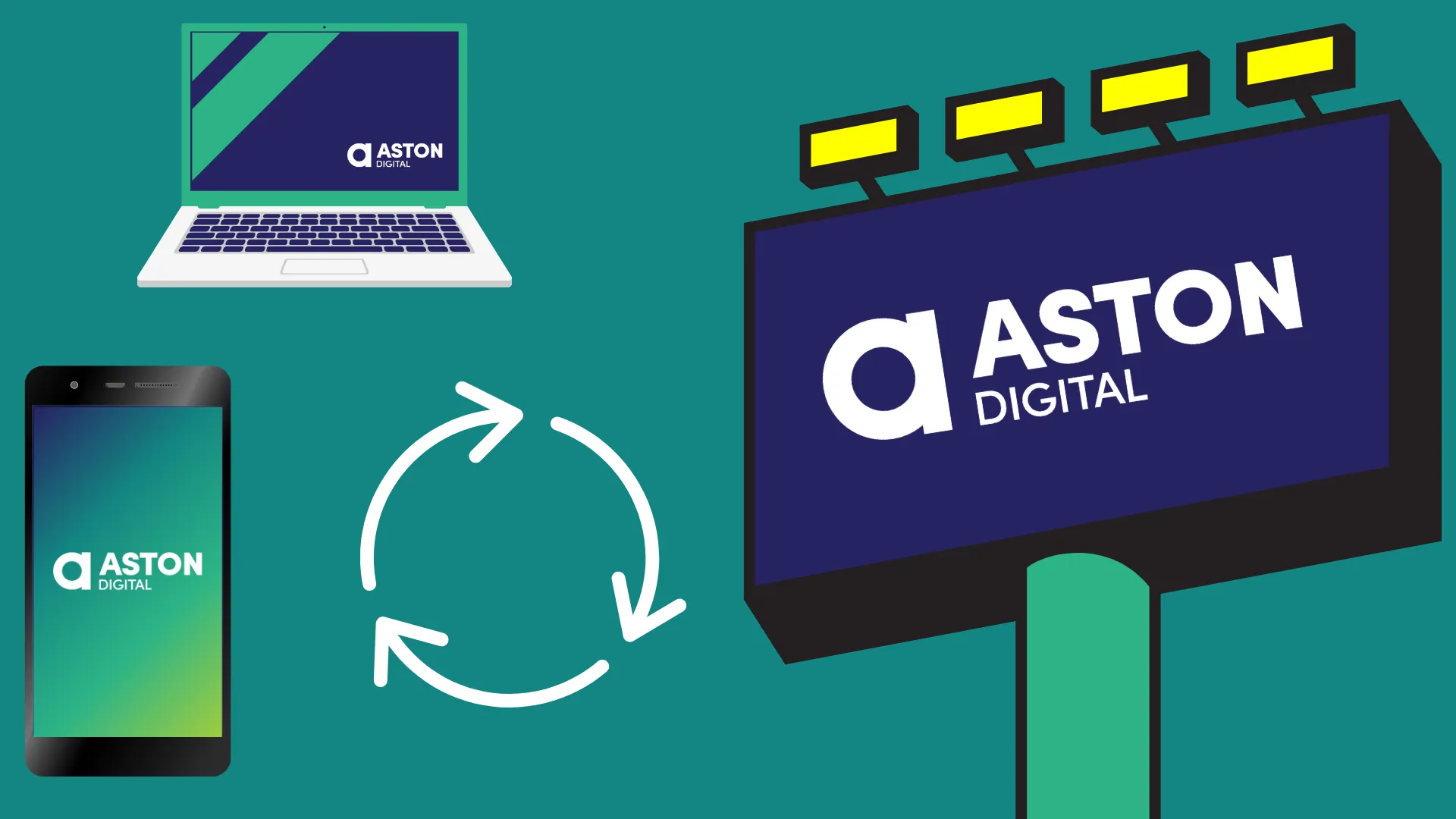
With attention spans getting shorter and competition fiercer, brands are constantly searching for that magic formula to stand out. But the answer isn’t always a bold campaign [...]

A billion searches were made on ChatGPT last week alone. Now, OpenAI is turning those queries into a powerful new retail experience. ChatGPT recently launched its AI [...]

Google’s AI Overviews are reshaping search by pulling answers from the places people are actually talking: Reddit, YouTube, Quora and other community-driven platforms. According to new data [...]
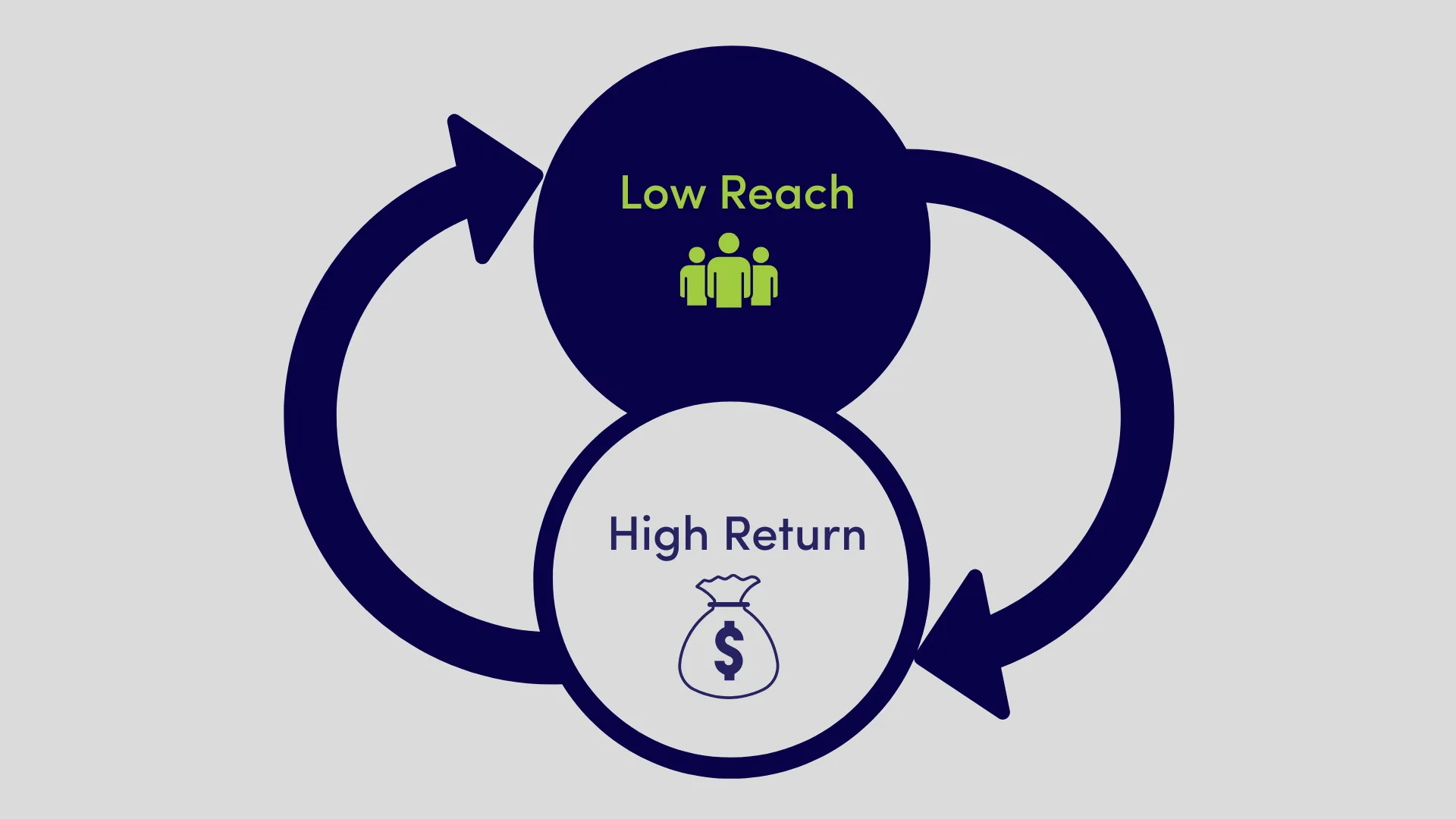
We recently posted a simple promotion on a client’s social media account. It was about a niche product - nothing flashy, not designed to go viral, just [...]
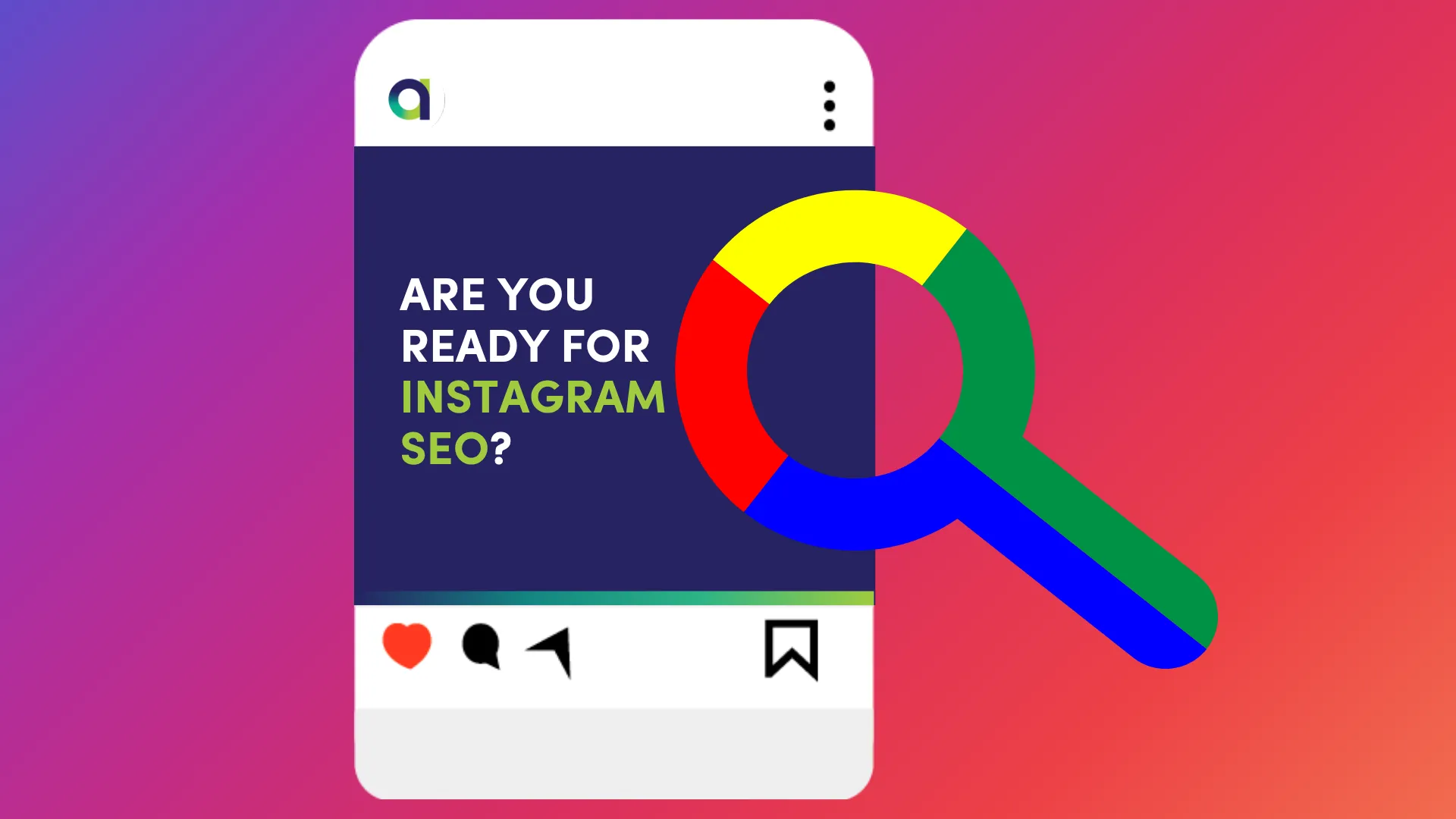
Starting July 10, 2025, public posts from professional Instagram accounts will start appearing in Google search results. That means your photos, Reels and videos could soon show [...]
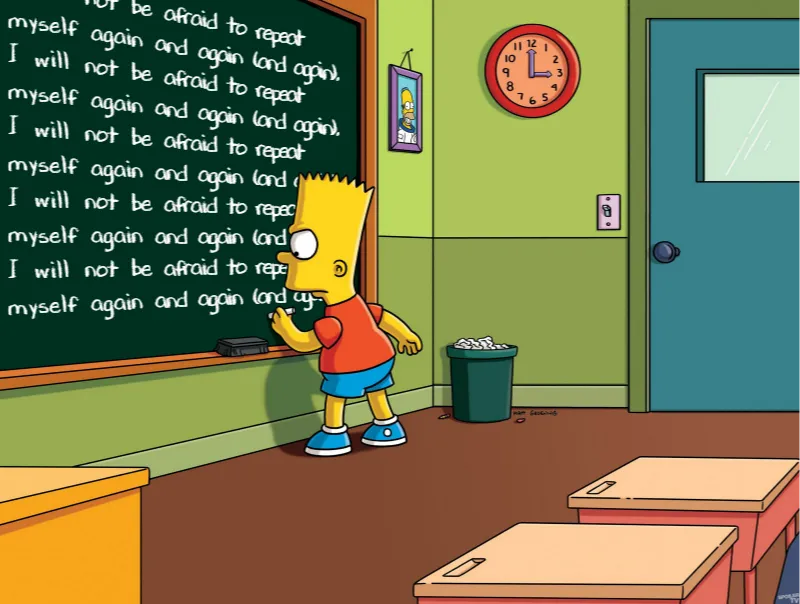
One of the most common concerns we hear from clients is: “I feel like we’re repeating ourselves too much.” They worry that saying the same message more [...]

